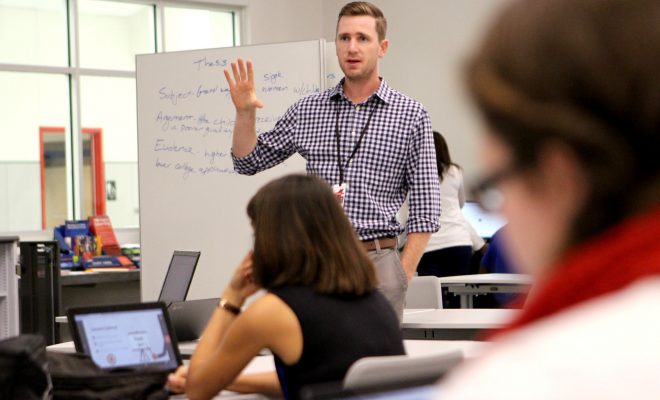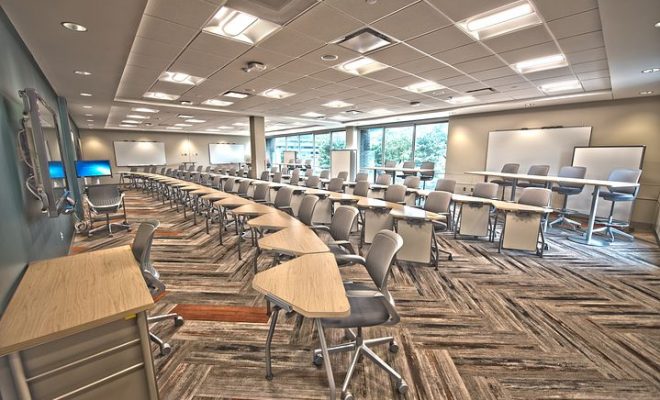Back On Track with Credit Recovery

The path toward high school graduation is an obvious one. Earn the credits you need in each subject area, graduate, and move on.
There are plenty of ways to earn these credits. Students can take traditional courses, credit acceleration, or credit recovery. Some schools even break learning down into smaller, more manageable lessons that help to fill in missing gaps.
As easy as it sounds, earning credits can be arduous. Compound that with missing school (either by choice or out of obligation) and trying to catch up before falling further behind, and credit recovery programs can fail our students.
How credit recovery works – most of the time
Lack of credits prevents high school students from graduating. In an effort to shore up graduation rates, schools have developed credit recovery programs. These programs give at-risk students an opportunity to catch up on the instruction they missed.
The idea is simple. Students enroll in credit recovery programs to make up for lost time and collect missing credits. They work on lessons in the evenings, on weekends, and even during the school day. Some students enroll in online programs and work from home.
You’d think that this focused work on credit recovery would launch a student toward graduation faster than a senior can throw a spitwad. You’d be wrong.
Who benefits from credit recovery
According to a panel paper written ten years ago, credit recovery was “ a particularly effective strategy to prevent dropping out for black, Hispanic, and economically disadvantaged students and for increasing the likelihood of graduating from high school for economically disadvantaged students.”
Teachers and schools report that students in credit recovery speed too quickly through courses. They retain less information than their peers who participated in rigorous, hands-on activities. As it turns out, low-quality credit programs produce low-quality results.
Are we surprised by those observations?
We shouldn’t be. What we’ve learned about brain-based education tells us that “clicker courses” don’t engage the brain. These are online curriculum units that allow students to advance through the curriculum by left-clicking a mouse until the correct answer appears. These programs fail to entrench the memory of learning deeply enough for later retrieval.
Low-quality credit programs produce low-quality results.
How to establish a high-quality credit recovery program
According to iNACOL, nearly nine out of ten schools offer credit recovery. To ensure the efficacy and strength of each instructional program, the International Association for k-12 Online Learning (iNACOL) recommends these best practices:
· Base course progression on competency. As students complete lessons, the application should adapt accordingly, either providing more practice or directing the student to the next lesson.
· Adopt blended learning. It’s unlikely that you’ll see a school that relies exclusively on edtech for credit recovery. Students need time to take credit recovery courses online, and they also need time with their teachers. That requires flexible scheduling.
Another requirement of any online curriculum is that is should be customizable. No two students taking the same credit recovery course have the same needs. Personalized learning programs should be precisely that: tailored to individual needs.
Credit recovery can help students get back on track to graduation. We owe it to our students and ourselves to engage in the best practices that make it happen.






